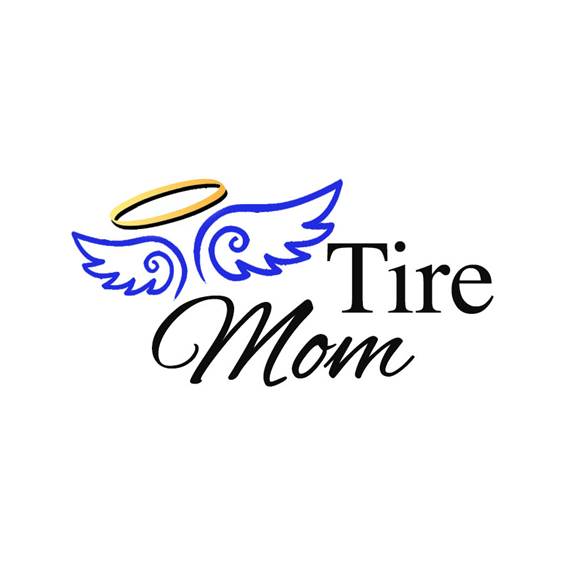How to examine your tires and what to look for.
This article is the second in the LETMAP series. It is critical to examine your tires on a regular basis. Even if you adhere to other areas of tire maintenance, it is possible to overlook irregularities, deformations and possibly even embedded foreign objects. We’re going to take a close look at two of the main areas where you should examine your tires: the sidewall, and the tread surface.
Sidewalls
As you examine your tires, it’s important to pay close attention to the sidewalls. Look closely for any deformations. We’d like to call your attention to the two most common conditions.
Most importantly, if you see any cracking within the rubber, take it to a professional and have them check it for integrity. Always check the age of the tire, and if it’s older than 6 years old, it’s time to replace it. (Here is a link to find out how to check the age – or what we call, “the tire halo”.)
Some irregularities to pay attention to include indentations or undulations. These typically show up in tires that operate with higher pressure, or those with higher sidewalls. These vertical indentations are a byproduct of the way radial tires are made, and are a normal, cosmetic state of tire manufacture. In the case of such indentations, please check with your tire professional.
If, on the other hand, as you examine your tires, you discover any type of bulges, bubbling or chunks of rubber missing on the sidewall, this is a cause for immediate concern. If the tire is new, and you see a bulge in the sidewall, it tells you that the tire has a gap between some of the ply cords. This tire should immediately be removed and replaced under the tire manufacturer’s materials and workmanship warranty.
If a bulge shows up as you inspect your tires later in their life, it is likely the result of a road hazard such as a pothole, curb or some other object that may have been hit while driving. Sometimes such hazards cause damage to the ply cords, and this shows up as a bulge or bubble in the sidewall. Again, it is important to remove and replace that tire immediately.
Tread
When you examine your tires, and especially the tread, it’s common to think only of measuring tread depth. And while that’s important, (we’ll cover that in another LETMAP article), it’s not the only thing you should be looking at. We recommend that you examine your tires by running your hand over the tread of each tire, feeling for irregularities and tread bars. You should look for “feathering” or “cupping” as indicators of misalignment and/or uneven wear due to some type of suspension problem. (Several of these irregularities will be discuss at length in our next LETMAP article.)
If you see any steel belts or fabric cords peeking through the tread, it’s absolutely time to get a new tire!
And finally, if you discover any foreign objects, (screws, nails, glass, staples etc.) embedded within the tread of your tires, it’s important to take your tire to a professional right away. It’s possible that they can repair the damage after removing the offending object… and depending upon where you purchased your tires, there may be no additional charge for the service. Don’t delay in getting it fixed, though. Every rotation of the tire brings risk of a blowout.
If you have any questions about the material we have presented here, please feel free to contact us directly or check some of the resources provided below.
Resources:
https://rt10tire.com/blog/view/how-to-inspect-your-tires
https://www.tirerack.com/tires/tiretech/techpage.jsp?techid=32


Recent Comments